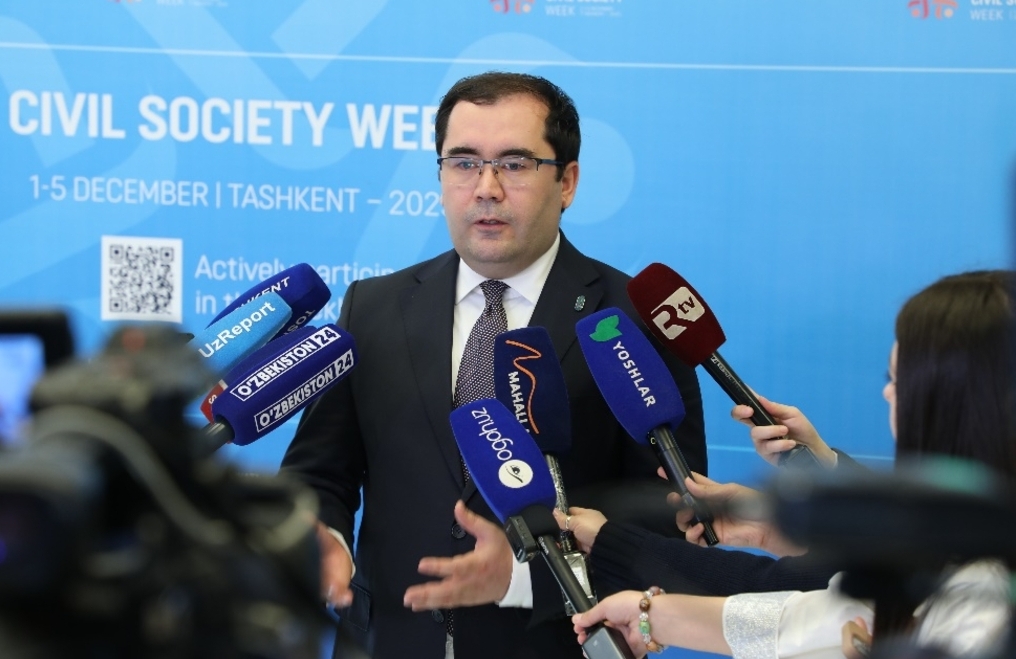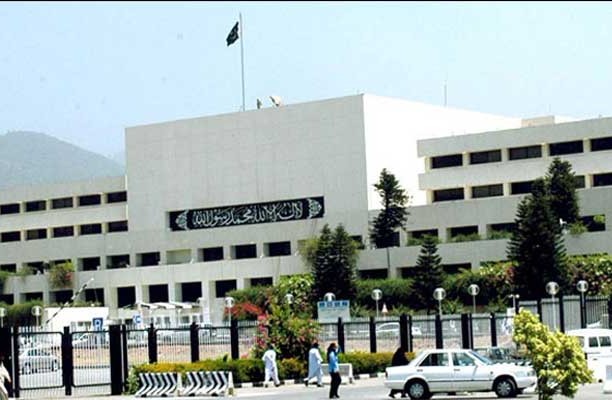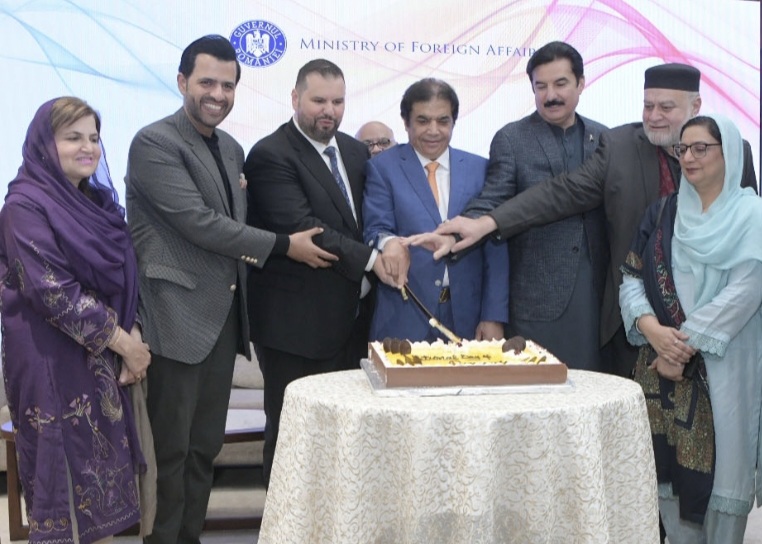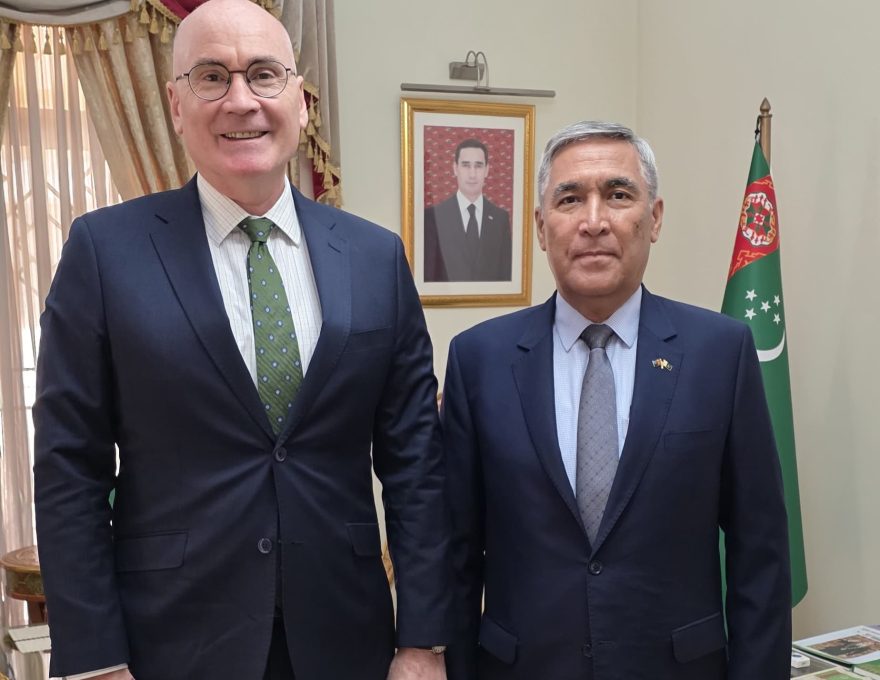Uzbekistan and Mongolia, two landlocked countries in Central and East Asia respectively, have been actively developing cooperation in transportation and logistics in recent years. Historically, direct links between them have been underdeveloped due to geographical remoteness and lack of a common border, but political will and mutual interest in expanding trade routes have given impetus to new initiatives.
History of cooperation: from the establishment of diplomatic relations to new initiatives
Uzbekistan and Mongolia established diplomatic relations on January 25, 1992. However, for the first decades, contacts in the field of transportation and logistics remained sporadic. A revival of interest in cooperation began in the second half of the 2010s against the backdrop of Uzbekistan’s policy of openness and Mongolia’s desire to diversify its foreign relations. In 2019, Ulaanbaatar hosted a roundtable that emphasized “great potential for the development of Mongolian-Uzbek relations” and appointed the first Mongolian ambassador to Uzbekistan (part-time) in a long time.
An important step was the visit of a Mongolian delegation to Tashkent in the summer of 2022: On June 3, 2022, the parties signed a memorandum of understanding between the Ministry of Transport of the Republic of Uzbekistan and the Ministry of Road Development and Transport of Mongolia. At the same time, the Mongolian side introduced a mutual visa-free regime for citizens of the two countries for up to 30 days, creating favorable conditions for business and tourist trips. These agreements laid the foundation for further projects in the transportation and logistics sector.
A new stage of cooperation began in 2023. In March 2023, Mongolian Foreign Minister Batmunkh Battsetseg arrived in Tashkent for the first time on an official visit. During the meetings on March 9, 2023, Uzbek Transport Minister Ilkhom Makhkamov discussed with her practical measures to strengthen transport ties, including the organization of direct cargo transportation by road and the launch of direct air service between the two countries.
At the same time, an agreement was signed on the establishment of a joint intergovernmental commission for cooperation to coordinate projects in various fields, including transportation and logistics. The parties noted that there are all prerequisites for bringing cooperation in this area to a new level. Later on, the commission became an important mechanism: its first meeting was held in Tashkent in February 2025, where current projects were analyzed and those responsible for their implementation were identified.
A landmark event was the opening of a full diplomatic presence: in June 2024, during the state visit of Mongolian President Ukhnaagiin Khurelsukh to Uzbekistan, the Embassy of Mongolia was opened in Tashkent. These steps demonstrate the strengthening of trust and the institutional framework for cooperation, including in the logistical sphere. In a joint statement, the leaders emphasized the “new page” of relations and expressed readiness to support joint business initiatives.
Current status of transportation and logistics links
Road transportation. Due to geography, there is no direct overland communication between Uzbekistan and Mongolia – cargoes have to be delivered by transit through the territories of neighboring countries. Nevertheless, thanks to intergovernmental agreements, the development of regular road transportation has begun. In June 2024, the countries signed an intergovernmental agreement on international road transportation. This document creates a legal basis for cargo and passenger transportation between Uzbekistan and Mongolia, as well as transit through their territories to third countries.
Already in early 2025, the first pilot road transportation along the new route was organized: a trial truck trip along the corridor Uzbekistan – Kyrgyzstan – China – Mongolia, initiated by the Ministry of Transport of Uzbekistan together with the Chamber of Commerce and Industry. This pilot project demonstrated the possibility of delivering Uzbek goods to Mongolia by transit through neighboring countries and opens a new market for domestic entrepreneurs.
According to experts, the new route will increase the volume of transportation and reduce the time of cargo delivery between the countries. So far, Uzbekistan, Kyrgyzstan and China are connected only by a highway, which limits the capacity of the corridor, but in the future the situation will improve with the introduction of new infrastructure.
Air communication. There was no direct air service between Tashkent and Ulaanbaatar for a long time, and passengers had to fly via third countries (Moscow, Seoul, Istanbul, etc.). The growth of business contacts and tourist interest prompted the governments to solve this problem. During the visit of the President of Mongolia in June 2024, an intergovernmental agreement on air communication was signed. The document creates legal conditions for direct scheduled flights between the two capitals, and also allows the use of airports of Uzbekistan and Mongolia as transit hubs on routes to third countries of Central Asia.
Immediately after the signing of the agreement, work began on specific flights. Already in November 2023 (on the eve of the signing), the issue of direct flights was discussed between representatives of the two countries: it was noted that the launch of flights would increase passenger transit and allow increasing exports of Uzbek fruits and vegetables to the Mongolian market. By early 2025, details became known: Hunnu Air, Mongolia’s largest private airline, announced plans to open a direct flight between Ulaanbaatar and Tashkent in the second half of 2025 with a frequency of twice a week. It is planned to use modern medium-range aircraft (Embraer 190), sufficient for a route of about 3,000 km.
Railway connections. There is no direct railway route between Uzbekistan and Mongolia, which is due to the peculiarities of the network: The two countries are separated by thousands of kilometers of railways passing through other countries. Nevertheless, there is the potential for rail transportation via transit routes. Both countries use a 1520 mm railway track (the Soviet standard), which technically facilitates transportation through Kazakhstan and Russia.
In the context of growing cooperation, both countries are interested in developing new transcontinental rail routes that could shorten the journey. One such project is the construction of a railway from China to Kyrgyzstan to Uzbekistan, which began in 2023. The new 450-kilometer-long railway will connect the Uzbek and Chinese rail networks, significantly reducing the distance from Central Asia to East Asia.\
Rahmonov Sirojiddin is Senior Specialist in the Center for the Study of Transport and Logistics Development Problems, Ministry of Transport of Uzbekistan.












